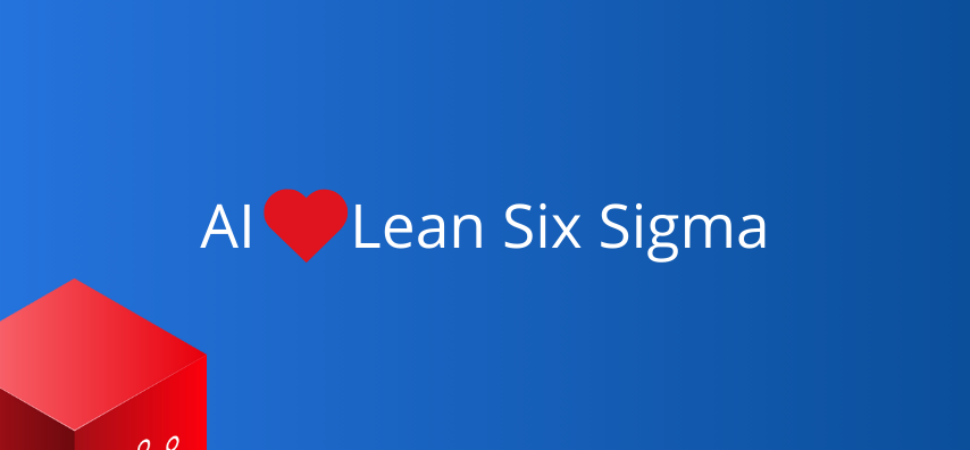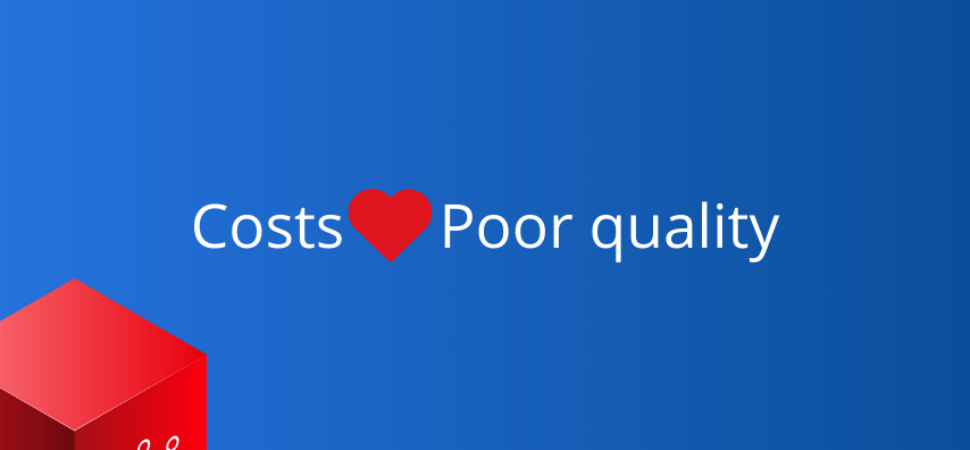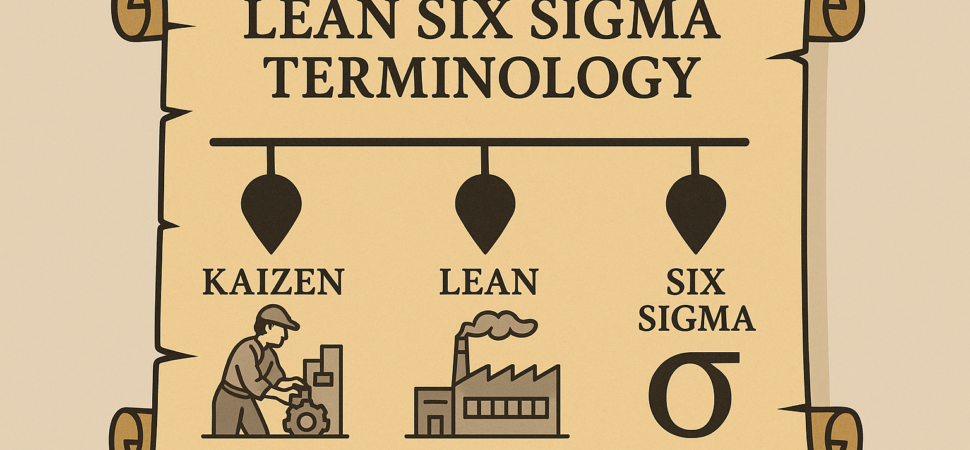No AI Success Without Lean Six Sigma 🚀
AI promises to transform operations, but only if your processes are already under control. Without clean, consistent data, AI becomes a high-tech amplifier of your existing inefficiencies. 📉 Before you chase algorithms and automation, ask the tough questions: Where are your real bottlenecks? Why is your quality inconsistent? What’s causing downtime? These aren’t just IT problems, they’re process problems. And since the 1980s, Lean Six Sigma has been the go-to framework for fixing them. With DMAIC as your foundation, you don’t just implement AI—you prepare your organization to leverage it strategically. Want AI success? Start with process excellence.


